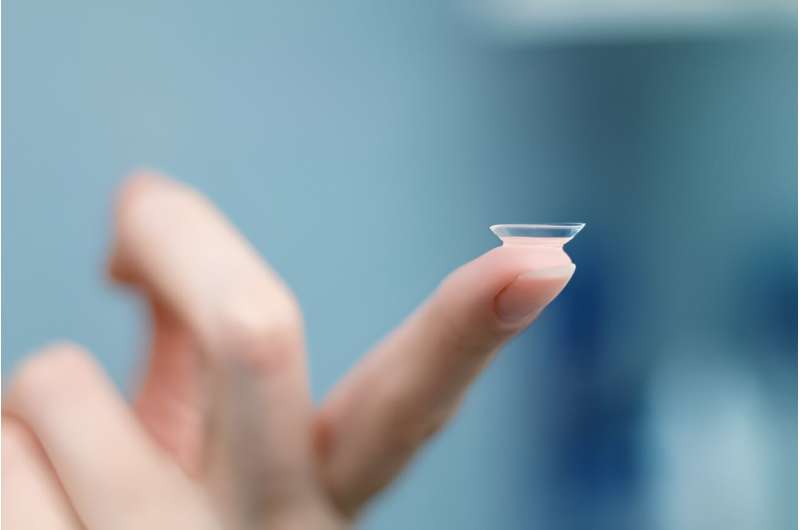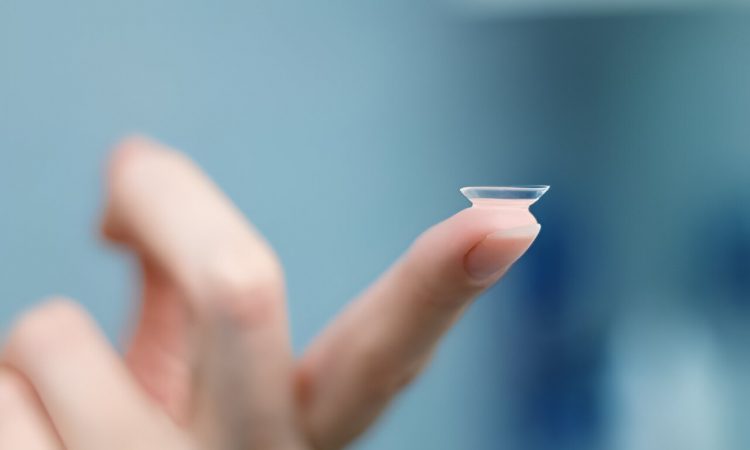
The combination of polihexanide (PHMB) and propamidine is safe and effective for treating the rare sight-threatening eye infection Acanthamoeba keratitis (AK), according to a study recently published in Ophthalmology.
John K.G. Dart, D.M., from Moorfields Eye Hospital in London, and colleagues compared topical PHMB 0.02 percent (0.2 mg/mL) + propamidine 0.1 percent (1 mg/mL) with PHMB 0.08 percent (0.8 mg/mL) + placebo (PHMB 0.08 percent) for AK treatment. The analysis included 127 patients.
The researchers found that the adjusted medical cure rate within 12 months was 86.6 percent (unadjusted, 88.5 percent) for PHMB 0.02 percent + propamidine and 86.7 percent (unadjusted, 84.9 percent) for PHMB 0.08 percent. Results met the noninferiority requirement for PHMB 0.08 percent (adjusted difference, 0.1 percentage point; lower one-sided 95 percent confidence limit, –8.3 percentage points). For both groups, secondary outcomes were similar: median best-corrected visual acuity of 20/20 and an overall treatment failure rate of 13.4 percent, of which 6.3 percent required therapeutic keratoplasty. No serious drug-related adverse events occurred.
“We hope that our new robust findings with polihexanide 0.08 percent will be a game changer for AK treatment, by improving access and the consistency of treatment, addressing currently unmet patient needs,” Dart said in a statement.
Several authors disclosed ties to pharmaceutical companies, including SIFI S.p.A., which sponsored and funded the trial.
More information:
John K.G. Dart et al, The Orphan Drug for Acanthamoeba Keratitis (ODAK) Trial, Ophthalmology (2023). DOI: 10.1016/j.ophtha.2023.09.031
Journal information:
Ophthalmology
Source: Read Full Article
